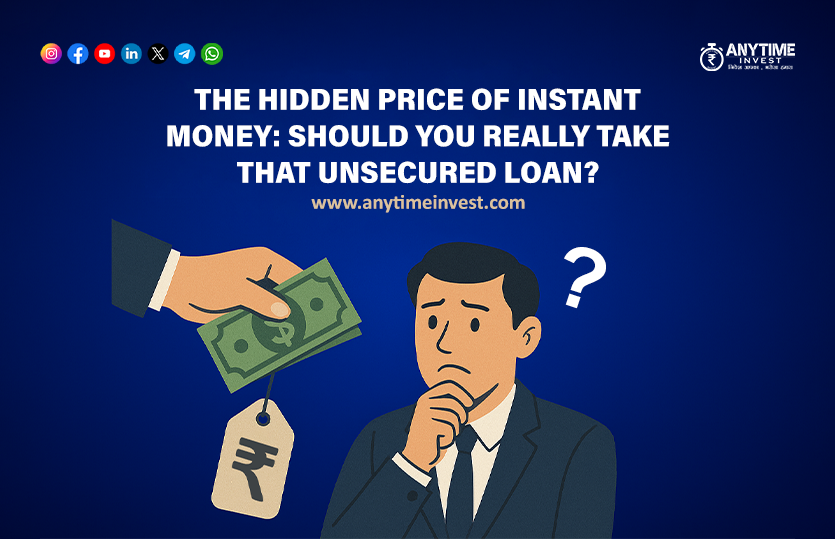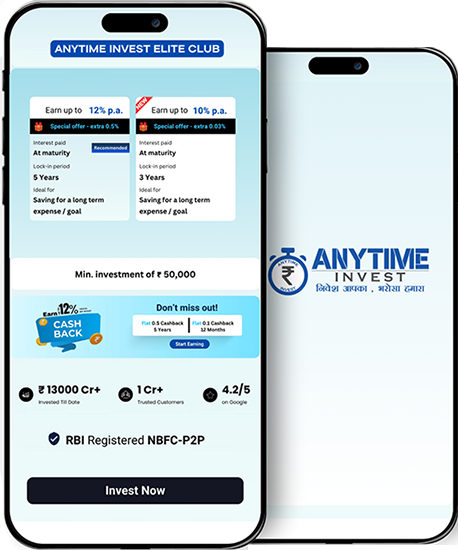

"The Hidden Price of Instant Money: Should You Really Take That Unsecured Loan?"
Understand the Real Costs Before You Swipe or Sign
Fast Money, But at What Cost?
In today’s digital world, getting a loan is easier than ever. Whether it’s a personal loan for a wedding, a medical emergency, or simply to clear off credit card dues—unsecured loans are just a few clicks away. No collateral, minimal paperwork, and fast disbursal — sounds like a dream, right?
But there’s a catch.
Unsecured loans (like personal loans and credit card borrowing) are not backed by any asset. Since lenders are taking more risk, they charge significantly higher interest rates. While secured loans like home or auto loans may charge 8–10% annually, unsecured loans can start at 12% and go all the way up to 45%, depending on your credit score, income, and loan amount.
For investors and financially savvy individuals, understanding this distinction is critical. Convenience can be costly—and if not planned well, can seriously derail your long-term financial goals.
Crunching the Numbers – Why It Matters
Let’s say you borrow ₹1 lakh at 24% annual interest for 3 years. You might think, “Okay, I’ll repay it slowly.” But here’s the math:
That’s ₹42,000 lost to interest, money that could have gone into a mutual fund SIP, an FD, or even a stock investment.
And this doesn’t even include:
So if you’re using these loans frequently—or worse, using one loan to repay another—you’re walking into a debt trap. Financial discipline begins by understanding what borrowing truly costs, especially when markets offer better compounding returns elsewhere.
Smarter Borrowing, Better Investing – What You Should Do
Here are some golden rules if you're considering or already using unsecured credit:
Ask Yourself: Is This Loan a Need or a Want?
If the loan is for a depreciating asset or lifestyle spending, think again. Could you wait, save, or borrow cheaper?
Always Compare Before You Commit
Don't fall for flashy offers. Use loan aggregators to compare interest rates, processing charges, and total cost of credit.
Know Your Credit Score
Higher your score, better your deal. A 750+ CIBIL score can unlock lower rates, even on unsecured loans.
Check EMI Affordability
Your total EMIs shouldn’t exceed 30-40% of your monthly income. If they do, it’s time to restructure or rethink.
Explore Alternatives
Final Word: Financial Freedom Begins with Smart Credit Choices
Unsecured loans aren't evil—but they require caution. Used responsibly, they can help you bridge short-term needs. But when misused, they can snowball into long-term financial stress.
If you're aiming to build wealth, remember this:
Every rupee paid in high-interest debt is a rupee not invested in your future.
So, the next time you get a personal loan offer on your phone—pause and plan. Financial strength comes not just from how much you earn or invest, but also from how wisely you borrow.


